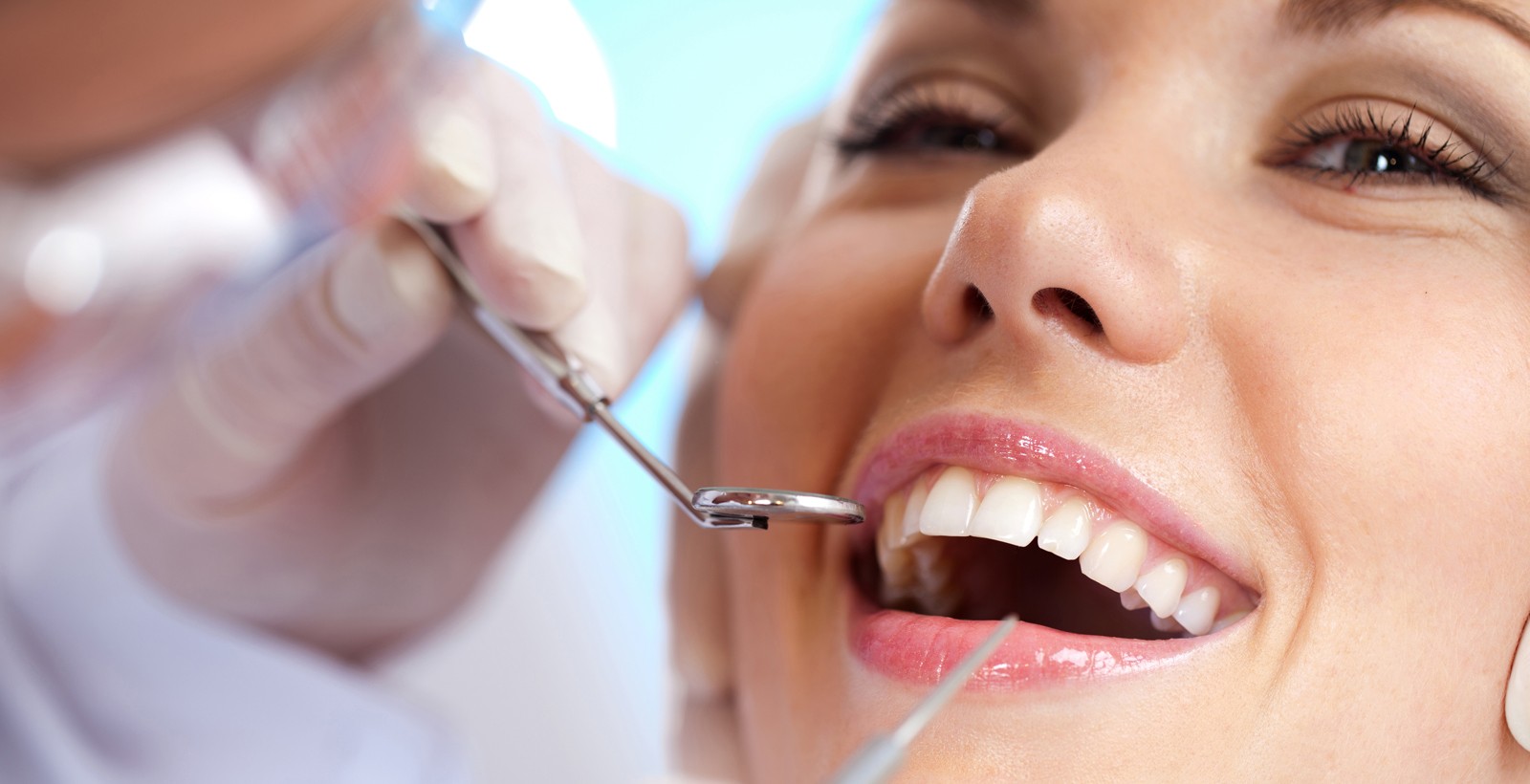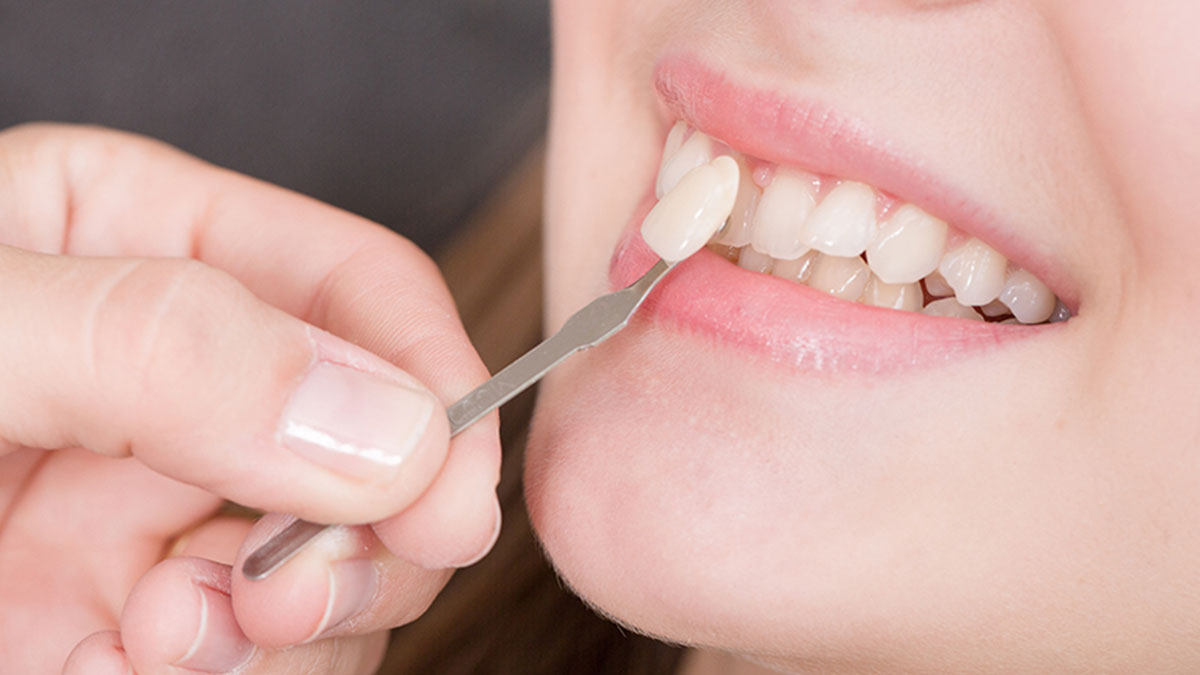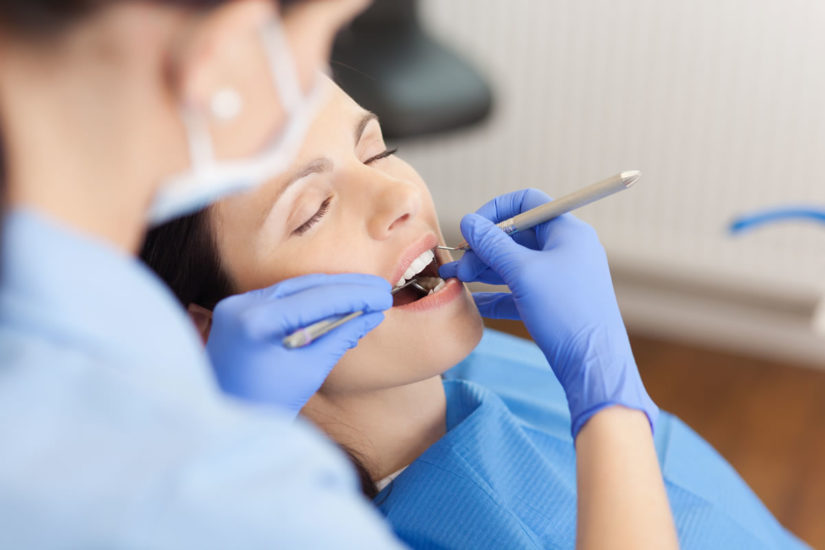New Technology
It’s time to reconsider the old stereotype of a trip to the dentist involving drills, multiple visits, pain, and discomfort. All of these things are no longer required to get the dental care you need to stay healthy, eliminate pain, and have a great smile. Take a look at how far dental technologies have come in recent decades.
New Gum Procedures
Gums are extremely important to good dental health. Without gums fully covering the teeth, pockets can form that expose the tooth to bacteria from new positions, increasing the chance of other dental problems. For many decades, there was little a dentist could do to reverse the loss of gums from problems such as gum disease, but things have changed dramatically.
There are several recent methods for reversing gum damage and any damage to parts of the teeth that gums should have been covering, such as cleaning the surface of a root of plaque. Where once the only option to restore gums was surgery to reduce the pockets, all sorts of options exist, from bone and tissue grafts to installing membranes. There are even special proteins that stimulate the regrowth of gum and inner tooth tissue.

Improved Veneers
Relatively common today, veneers are a dental procedure to help with the visual element of the teeth. A thin shell, specially made by the dentist for that patient, is made to cover the front of a crooked, damaged, or otherwise unappealing tooth. The one issue with veneers in the past was that they required reshaping the tooth down in order to make room for them.
Today, veneer materials have improved, making them stronger and more reliable and allowing them to be made thinner. This means that less of a patient’s tooth has to be removed to make room for the veneer and that more of the original tooth is preserved. Not only is this more natural, but it also reduces the chance of pain and other complications.

No-Needle Anesthesia
Many of the methods for preparing a patient for a procedure are uncomfortable for some, whether it’s being put under with full anesthesia or simply being injected with a numbing agent. Fortunately, those who hate needles may have nothing to fear in the near future. A study by the University of Sao Paulo in 2016 considered a new possibility where a numbing gel is applied topically. The dentist then uses a small electric current to encourage full absorption of the numbing agent by the skin.
